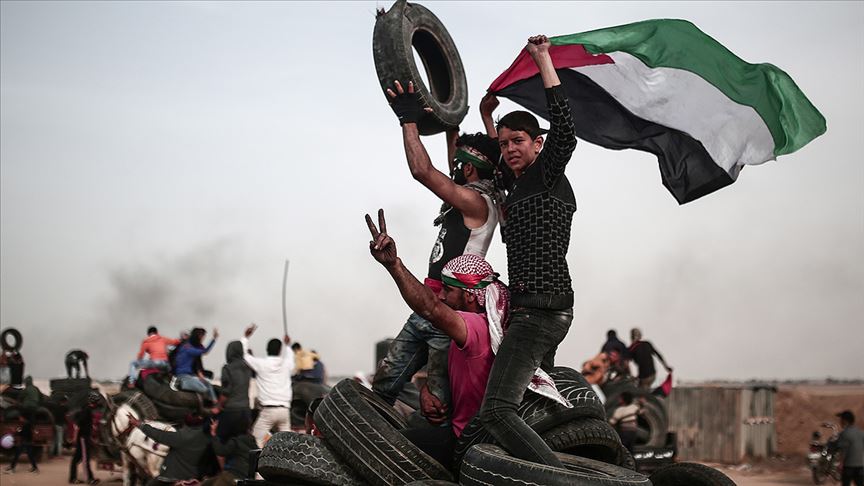The sociology of resistance is a discipline that examines social structures, power relations, and the social movements that challenge these relations. The word "resistance" is derived from the Latin root "resistere," meaning to oppose or resist. In this context, it provides a framework for understanding the actions of individuals and groups engaged in the struggle for social change.
Sociological Foundations of Resistance
The sociological foundations of resistance are based on theories that question power relations and social structures. Erving Goffman examines how individuals resist societal norms through "social labeling," while Foucault analyzes the visible and invisible mechanisms of power in society. Antonio Gramsci, on the other hand, discusses cultural hegemony, explaining how the dominant class imposes its cultural values and how resistance movements emerge in response.
Social Structures and Resistance
Social structures regulate power and domination relations. Resistance aims to transform these structures. According to Foucault's concept of power, individuals’ internal resistances can transform societal norms and thus change social structures. This provides a key resistance mechanism for social change.
Forms of Resistance
Resistance takes different forms and strategies. These strategies often involve confrontation with social norms, the state, or dominant powers. In the early stages, the Civil Rights Movement in the United States during the 1960s is a key example of resistance to social inequality. Similarly, Gandhi's passive resistance movement in India aimed at creating social change without using violence.
Social Movements and Change
Social movements are among the most prominent forms of resistance. These movements consist of organized actions aimed at social change. Examples such as the Paris Commune, the French Revolution, and the Arab Spring demonstrate how resistance can alter social structures. These movements show the power of collective action against inequality.
Passive Resistance: The Example of Gandhi
Gandhi's civil disobedience movement in India is one of the most famous examples of passive resistance. Gandhi advocated for non-violent resistance against British colonial rule, encouraging people to resist the occupying power in a peaceful manner. This movement helps us understand how resistance takes shape against social norms and authority.
The Role of Social Media in Resistance
Social media has become a significant tool for modern resistance. In events like the Arab Spring, social media platforms played a critical role in organizing people and coordinating actions against dominant governments. Digital tools have allowed resistance to bypass physical borders, rapidly reaching a global audience.
Challenges of Resistance
Resistance faces not only external obstacles from dominant power structures but also internal challenges within groups and individuals. Governments may employ legal, military, and cultural strategies to suppress resistance, requiring movements to overcome both external and internal barriers.
The Social and Cultural Dimensions of Resistance
Resistance is not only an economic or political phenomenon; it also shapes social values, cultural norms, and identities. Social movements serve not only as a form of external resistance but also as a way to reconstruct social identities. For example, the feminist movement in the 1970s and 1980s emerged as a resistance to gender inequality.
Success Criteria and Strategic Challenges of Resistance
For resistance to succeed, social consensus and widespread public support are necessary. Whether or not a movement gains societal support directly impacts its effectiveness. The popularity of passive resistance or symbolic acts of defiance can play a decisive role in this process.
The Palestinian Example: Contemporary Resistance
The recent events in Palestine provide a significant example of modern resistance. The Palestinian people have been engaged in various forms of resistance against Israeli occupation and systematic discrimination for years. The conflicts that erupted in late 2023 and early 2024 highlight how Palestinians have mobilized civil resistance, intifada, and international solidarity in their fight. In this process, social media and digital tools have played a key role in garnering global support and drawing attention to the cause. Palestinians continue to resist Israel’s power through both armed resistance and acts of civil disobedience. For example, the resistance in Gaza stands as a symbol of the unification of local and diaspora communities in their struggle. Additionally, interventions by international human rights organizations and diplomatic pressures through UN bodies have become significant elements supporting the resistance.

A visual about the Palestinian Resistance.
Example Studies
There are many important studies in the literature on the sociology of resistance. Charles Tilly's Social Movements, 1768-2004 provides an in-depth examination of the evolution of social movements. Tilly investigates how social movements are organized and interact with social structures. Similarly, James C. Scott’s Weapons of the Weak looks at everyday forms of resistance employed by peasants against dominant powers, explaining how such resistance can affect social structures.

